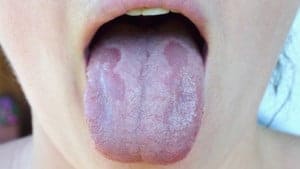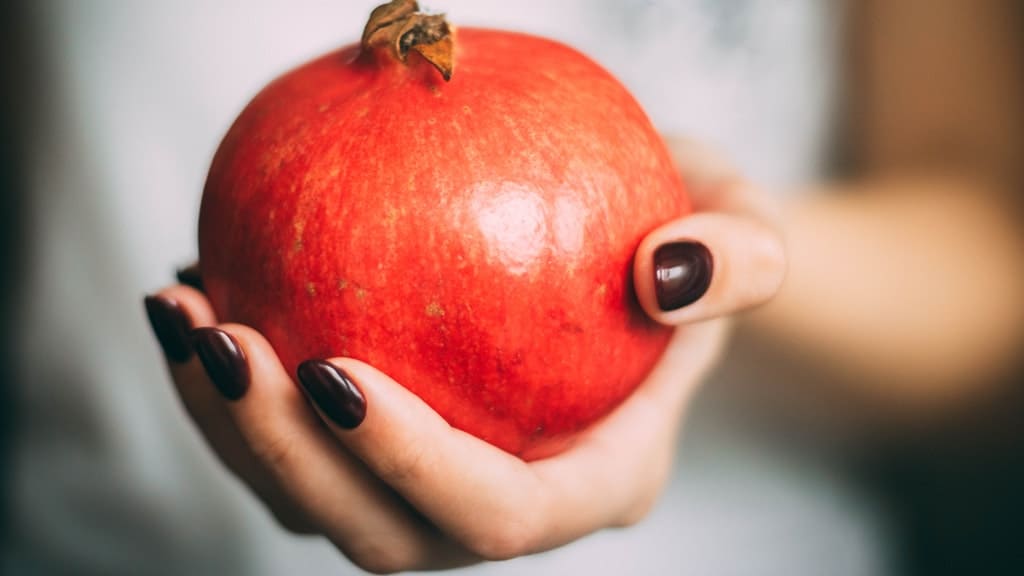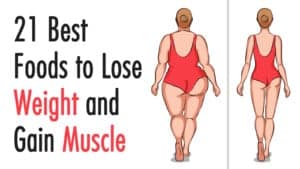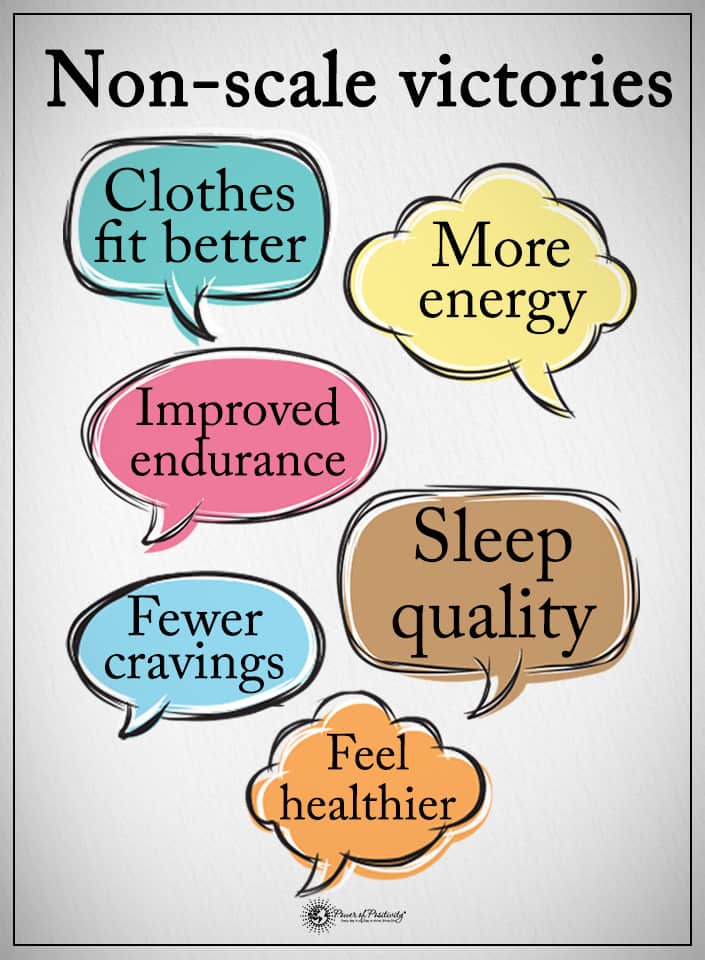There’s nothing that feels better than a good belly laugh. Who would you rather spend the day with, a person who is always laughing to make you feel good, or someone that is depressed and down in the dumps? Of course, you want to be with the person that makes you smile, because it lifts your spirits.
Laughter is like good medicine for the soul. Research shows that the entire body is affected by a good chuckle. Did you know that when you are laughing, your brain releases chemicals that can heal your mood and improve pain receptors?
There may be something to the adage about laughing and your overall health, after all.
Our Ancestors Didn’t Laugh As We Do
The University of Oxford conducted a study to prove the theory about belly laughs. Sadly, they based their study off early humans who from reports didn’t laugh much. Times were tough, and they focused on work more than pleasure.
Other reasons for a more serious lifestyle were the fact that they lived in tribal groups and lived alongside dangerous predators. Survival was always on their minds. Perhaps, never getting real rest is the reason why our ancestors didn’t live long — the constant fear they faced and never having any downtime for pleasure messed with their brains.
To conduct the study, Oxford researchers divided the people into two groups to test their pain thresholds. One group watched comedy videos that made them laugh while the other group watched golf. The volunteers that attended the comedy shows had a pain threshold that was 10 percent higher than the group that watched the more mundane shows.
The group that watched golf was unable to bear hardly any pain after just 15 minutes of boring television shows. Their test concluded that chuckling did have an impact on the pain tolerance of their test subjects.
Not Just Any Chuckle Will Do
Laughing can be broken down into several different categories. For instance, giggling and snickering is not the same as a belly laugh. During the study, they showed that a simple giggle here or there didn’t have much of a physiological effect on the participants.
It was those that experienced a good belly laugh that had more substantial benefits. Uncontrollable giggles seem to be the most healing. Oxford University’s own Robin Dunbar put his expertise on the findings.
Dunbar led the research, and he concluded that it’s when a person experiences comical hilarity that the brain reacts. Once an individual goes into this state, the brain begins to release endorphins. Each person is different, but the number of endorphins released was enough to relieve pain, and some even said they experienced a mild euphoria.
Why Does Laughing Sometimes Hurt?
When it comes to our early ancestors, he concluded that apes do have the ability to laugh or chuckle. However, human beings are the only ones that can belly laugh. When someone says they laugh till it hurts, there is some truth in what they are saying.
As a person laughs, they empty the air that’s in their lungs. Consequently, it’s this action that causes the body to go into protective mode. It releases these endorphins to combat the pain a person feels from the lack of air.
Some people feel faint and dizzy when they belly laugh for long periods. They not only deplete their lungs, but their brain isn’t getting enough oxygen. The oxygen deprivation is enough to cause a person to experience these feelings of panic, but they will quickly pass once the air is restored.
Chuckling Can Have an Effect Similar to Antidepressants
We’ve established that laughing can release endorphins to help with pain receptors. However, it’s also proven that someone jolly who laughs a lot may not need antidepressants. In a world where more than 25 million adults take these medications for anxiety and depression, something natural is welcome.
When you engage in a belly laugh, your brain is stimulated, and it releases neurotransmitters. These neurotransmitters are the same ones that are stimulated with antidepressant medicine. Though it’s yet to be proven how long the effects last, it’s unbelievable that engaging in such a pleasureful activity can bring calmness to the body.
A Belly Laughing Can Protect Your Heart
It sounds a bit farfetched that something as fun as a belly laugh can protect your heart, but it’s true. The University of Maryland Medical Center did a study to see what kind of effect chuckling had on cardiac patients. They found that it has an anti-inflammatory effect, which can protect the heart from disease.
Experts are not sure exactly how all this occurs, but they believe it has something to do with the body’s response to stress. When the body is under attack, the inflammatory system goes into overdrive, causing increased inflammation. However, engaging in a good chuckle proves to do the opposite.
So it’s true that those who stress more are putting their heart at risk, and those that less stressed-out individuals tend to have a better chance of keeping cardiovascular disease at bay.
Laughing Is Crucial to Relationships
Did you know that women laugh more than men? Consequently, the men are the instigators, but women are the ones who fall for their jokes and puns. There is an interesting theory that men rely on their humor to find the perfect mate.
Women want a man that has a good sense of humor, and they need someone who doesn’t take life too seriously. It helps to balance out the natural angst of the feminine nature.
Men want someone who is jolly and is not afraid to engage in a lot of laughs. When faced with potential suitors, a man will choose the girl that laughs a lot two times over one who doesn’t. The couple that chuckles together stays together.
It seems that many studies have been conducted regarding the top traits both women and men want in a relationship. Since it appears that a belly laugh is so important, it’s non-negotiable. Reports show that couples who are jolly and frequently engage in a good belly laugh, usually have a high-quality relationship. Plus, they are more likely to stay together for the long haul.
We Create Social Bonds Through Laughter
Laughter is contagious. Did you know that when a group of people is together chuckling and being silly, it gives them a sense of togetherness? It sounds crazy, but you bond with people who make you happy.
You are naturally drawn to folks who make you feel good and increase your endorphin activity in the brain. Have you ever started to laugh when you don’t get the joke or didn’t even hear what was said?
When you laugh, it’s infectious, and it causes others to do the same. Pretty soon, no one is sure why everyone is chuckling, but they know they feel good and want to experience it again and again.
Laughing Has A Similar Effect Like Taking A Narcotic
We live in a society where people are in so much emotional, mental, and physical pain that they use heroin and other opioid drugs to self-medicate. The more medicine they take, the stronger the effect.
However, studies prove that laughing releases the same feel-good chemicals from the opioid receptors in the brain. Those drugs bind to these receptors and cause euphoria.
Amazingly, you can experience the same euphoric feeling that comes along with drug use, but you won’t have any of the horrible side effects or addiction issues. If only more people could learn that a laugh is so healing and cleansing to the mind, body, and soul, we would be better off as a society.
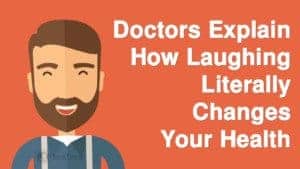 Final Thoughts: A Jolly Heart Doth Like Good Medicine
Final Thoughts: A Jolly Heart Doth Like Good Medicine
All the research about laughing shows that it does your heart good. When you select your friends or a spouse, you want it to be someone that makes you happy. You need someone that can turn the most straightforward and most mundane task of going to the grocery store into a memorable event.
They say that life is about 10 percent of what happens to you and about 90 percent of how you react to it. You can keep on the sunny side by simply changing your attitude and incorporating a good belly laugh into each day.
It’s been proven many times over that chuckling has the same effect as opioids and prescription medicine; it can increase bonds with friends, and it can be healing to your heart and inflammatory system. Why would you choose to take medication when you hold the power of your health in your hand?
You can laugh your way through some of the most horrific things that come your way, and you will be a better person for it.




